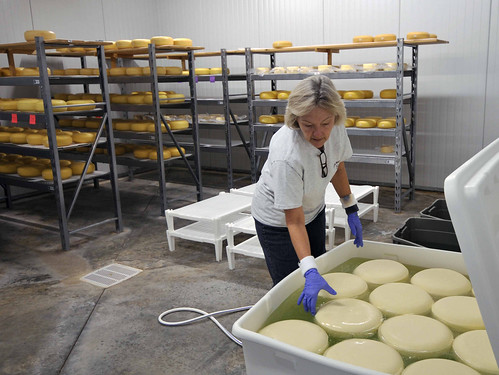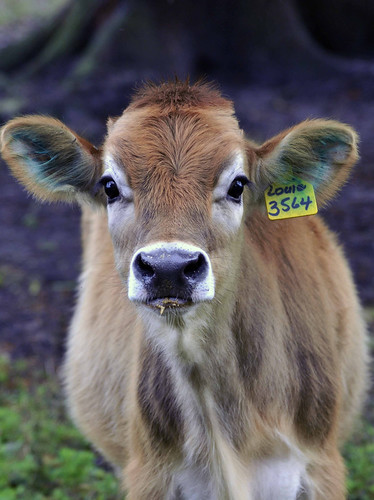
John and Nancy Mims never imagined they would be running a dairy when they met at the University of Florida and married 40-some years ago. He was going to be an architect and a pilot, and she was going to be a nurse.
They were going to move to the Caribbean. But then John was drafted. After a six-year stint in the Navy, Nancy’s father died, and they went home to help her mother on the dairy where Nancy grew up. They ended up buying the dairy in 1980.
It is a lifestyle the two have grown to love and they have worked with USDA’s Natural Resources Conservation Service to protect their way of life.
With the help of the Agricultural Conservation Easement Program they have put their land in a conservation easement, which provides compensation for relinquishing the development rights to the land and protecting it for agriculture, wildlife and the environment. The goal of this program is to help farmers and ranchers keep their land in agriculture.
“We want it to remain a small family dairy and a wildlife refuge. Just last night we saw 22 deer and 52 turkeys out in the winter pasture,” John said.
The Mims’ Rex Run Farm and Cypress Point Creamery is a few miles east of Gainesville, Fla., where some of their 200 prized brown Jerseys might be seen grazing in fields surrounded by small stands of cypress. For years John and Nancy have thought about making artisan cheeses and bottling their own milk. They made it a reality in 2009.
They approached learning how to make cheese methodically: visiting other cheese makers, training with a New England cheese maker and even tasting European cheeses to get an idea what kind of product they wanted to create.
John and Nancy worked with expert Canadian cheese maker Margaret Morris, who helped them purchase supplies and equipment and shared recipes. They began with gouda and havarti, then added baby swiss and tomme.
Making cheese turned out to be as much of an art as a science. Nancy makes small batches that must be tested through each step of the process because they are using raw milk. Local climate, molds, temperature, acidity level and cattle health can make or break a batch. Unlike big cheese companies, a customer may have to wait a while for an order.
When making a new recipe, they first test it at farmer’s markets. If people like it, Nancy and John name it. The loblolly gets its name from the coarseness of the rind that resembles the tree’s bark. A dry feta-like cheese is named Salty Dog after their dachshund.
The two look forward to trying blue, feta and brie next. The newest flavors Cypress Point Creamery offer are a chocolate and cayenne pepper coated cheese, popular at the farmer’s markets. Another favorite is rubbed with coffee and coconut oil.
The word is out about Cypress Point Creamery cheeses. They are sought out by chefs from top hotels and restaurants. But Nancy and John enjoy the customers they meet face-to-face at the Alachua County and Haile Village Plantation farmers markets because they tell them first-hand what they like and why.
John refers to his free-stall barn where his cows stay as the “Rex Run Resort.” The open-sided barn gives the cows’ freedom to move around and space where they can sleep in clean sand beds. The stalls are outfitted with fans and misters that keep cows at least 20 degrees cooler than the outside temperature in the summer.
“Happy cows make great cheese,” John said.
Making cheese is not an easy job. John and Nancy typically put in a 12-to-16 hour day, seven days a week. They employ three others who assist with milking, feeding and mechanical operations.

